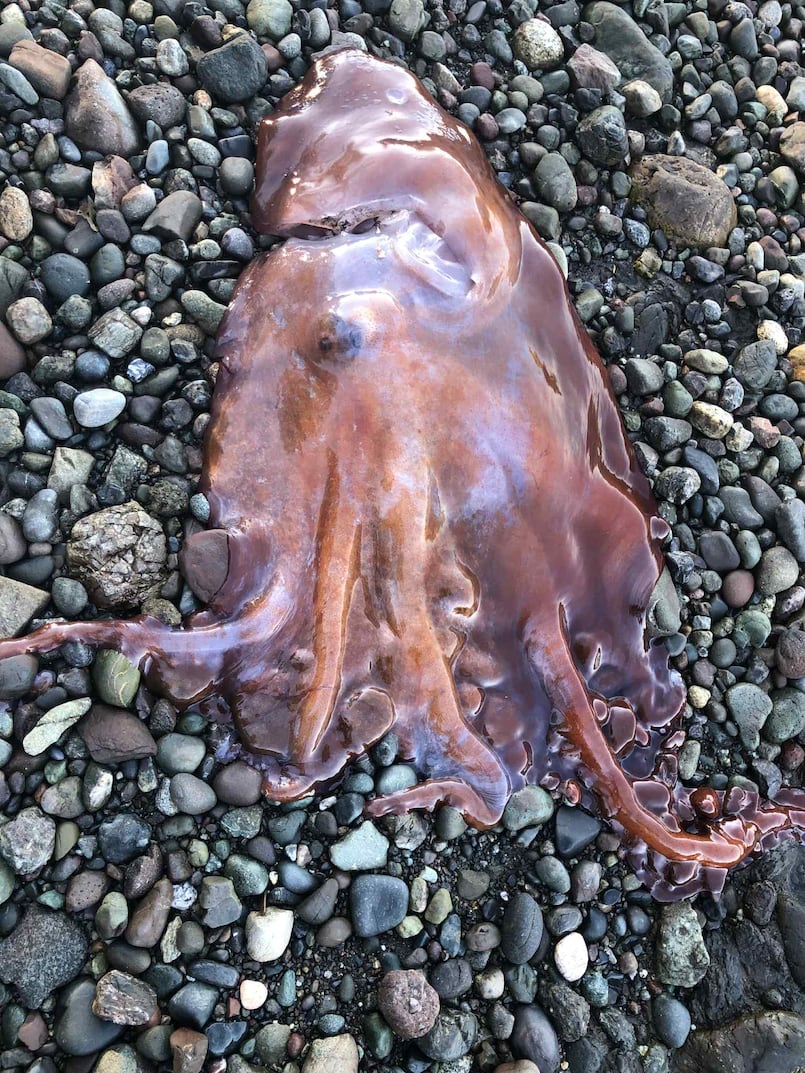Biology
2858 readers
1 users here now
This is a general community to discuss of all things related to biology!
For a more specific community about asking questions to biologists, you can also visit:
founded 3 years ago
MODERATORS
1
3
4
5
6
7
8
71
Ants Trapped For Years in a Soviet Nuclear Bunker Survived in The Most Horrifying Way
(www.sciencealert.com)
9
37
10
11
12
13
24
Single bee is making an immortal clone army thanks to a genetic fluke [2021]
(www.livescience.com)
14
15
16
17
39
White mold fungi split their genome across several nuclei, with implications for future gene editing
(theconversation.com)
18
19
20
17
New research indicates caribou populations could decline 80 per cent by 2100
(theconversation.com)
21
10
How environmental RNA can give us a real-time picture of freshwater biodiversity
(theconversation.com)
22
47
Behold an Anatomically Correct Replica of the Human Brain, Knitted by a Psychiatrist
(www.openculture.com)
23
6
At long last, the version of record of our paper on the #Platynereis #connectome
(biologists.social)
24
25
view more: next ›
